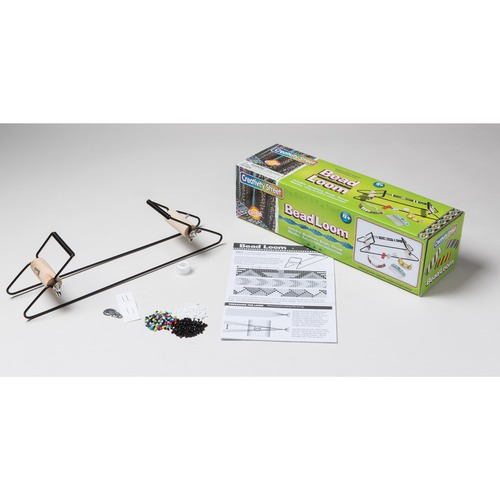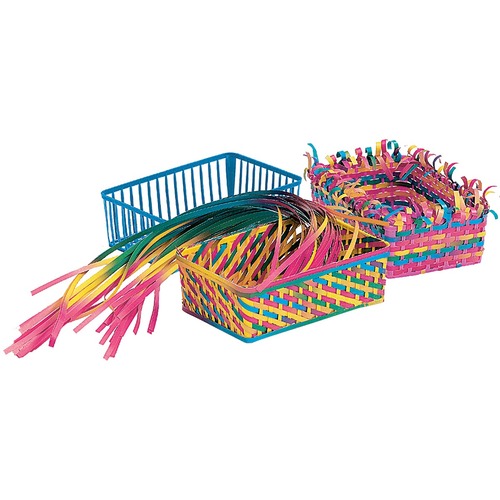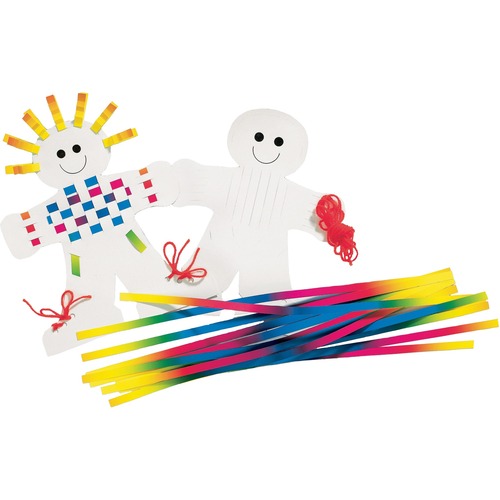

Not too many activities that we take part in today have been around for thousands of years, except weaving, which can be traced back as far as the Paleolithic era. Teaching children to weave can be done at any age and is fun to show them how strips and fibre are turned into something solid.
You can start with simple cardboard and paper plate looms, and eventually add pre-made looms to your collection. You can also explore various materials starting with paper or yarn, then moving into the addition of fabrics, beads, and other textiles.
What are Fine Motor Skills?
Fine Motor Skills are the group of skills needed to manipulate small objects with the hands and fingers, most often: the pincer grip. It involves using the small muscles in the hands and includes activities such as grasping, pinching objects between the fingertips and holding a pencil. From birth to eight years children are continuously developing and refining their motor skills and using them in an increasing variety of tasks.
So, why weaving?
Most often promoted for developing fine motor skills, there is much more to this simple activity than merely threading yarn. This fun and inexpensive activity help to develop:
- Fine motor skills: such as the pincer grip to help strengthen pencil grip.
- Hand-eye coordination: weaving encourages children to use the visual information received to coordinate the movement of the hands.
- Problem-solving skills: children need to consider and work through any problems they encounter as they weave.
- Patterning: understanding patterns and sequencing which is essential for later literacy and numeracy development.
- Language skills: such as naming colours, and language concepts such as ‘in,’ ‘out,’ ‘up,’ ‘down’ etc.
- Concentration and focus
- Relaxation: weaving is a quiet, calming activity in which children can develop and express their creative ideas.
- Overall self-esteem: by completing what they start and being able to create a beautiful piece of art.
- It’s also a fantastic wet weather activity that’s super-easy to set up.
There are really no right or wrong ways to weave. It was fun to come up with different colour combinations and try out different types of paper, string, and yarn. Bottom line - Weaving is FUN! It’s a great way to develop valuable skills and, just like most art, it’s good for the soul!
Looking to start this activity with your children? Shop our extensive range of weaving supplies.















